Torben Wendt
Computationally efficient spatial rendering of late reverberation in virtual acoustic environments
Jun 30, 2021
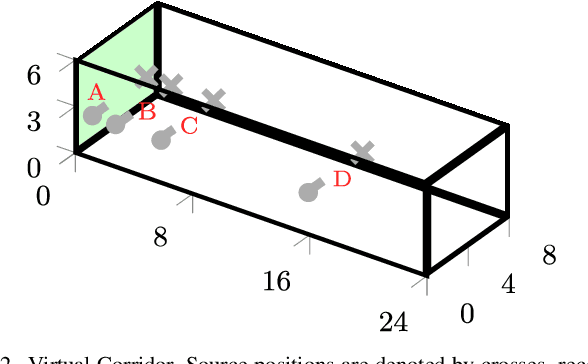
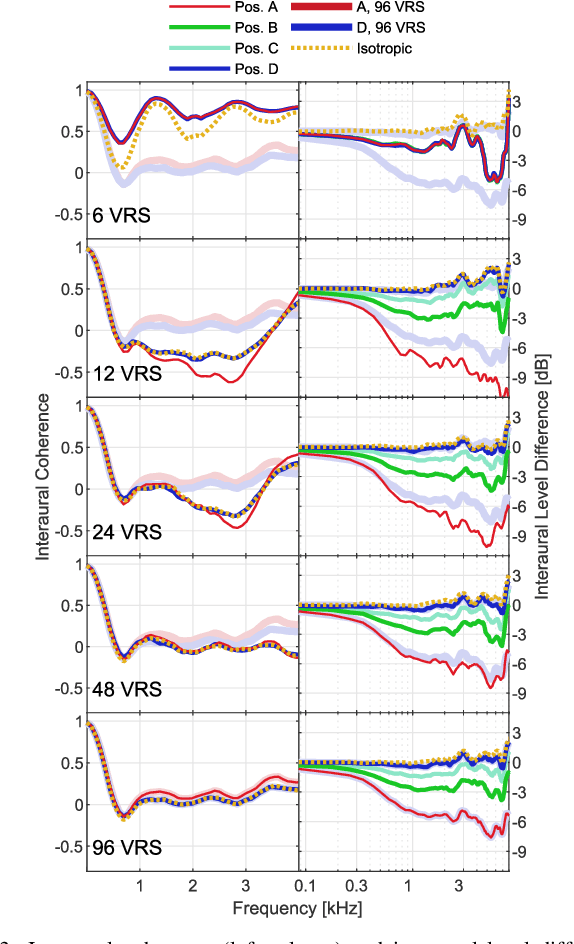
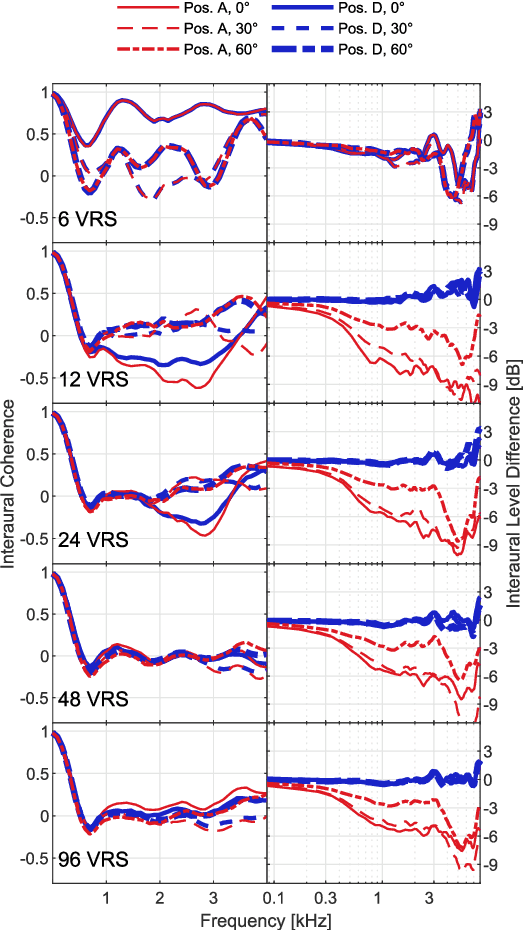
Abstract:For 6-DOF (degrees of freedom) interactive virtual acoustic environments (VAEs), the spatial rendering of diffuse late reverberation in addition to early (specular) reflections is important. In the interest of computational efficiency, the acoustic simulation of the late reverberation can be simplified by using a limited number of spatially distributed virtual reverb sources (VRS) each radiating incoherent signals. A sufficient number of VRS is needed to approximate spatially anisotropic late reverberation, e.g., in a room with inhomogeneous distribution of absorption at the boundaries. Here, a highly efficient and perceptually plausible method to generate and spatially render late reverberation is suggested, extending the room acoustics simulator RAZR [Wendt et al., J. Audio Eng. Soc., 62, 11 (2014)]. The room dimensions and frequency-dependent absorption coefficients at the wall boundaries are used to determine the parameters of a physically-based feedback delay network (FDN) to generate the incoherent VRS signals. The VRS are spatially distributed around the listener with weighting factors representing the spatially subsampled distribution of absorption coefficients on the wall boundaries. The minimum number of VRS required to be perceptually distinguishable from the maximum (reference) number of 96 VRS was assessed in a listening test conducted with a spherical loudspeaker array within an anechoic room. For the resulting low numbers of VRS suited for spatial rendering, optimal physically-based parameter choices for the FDN are discussed.
Spatial resolution of late reverberation in virtual acoustic environments
Jun 30, 2021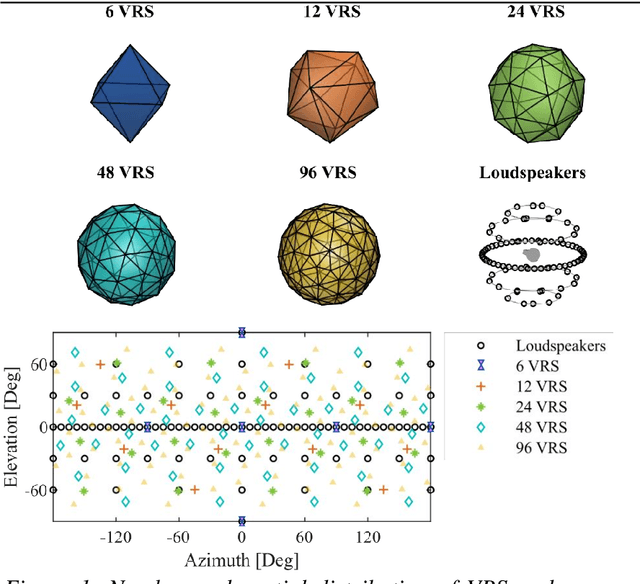
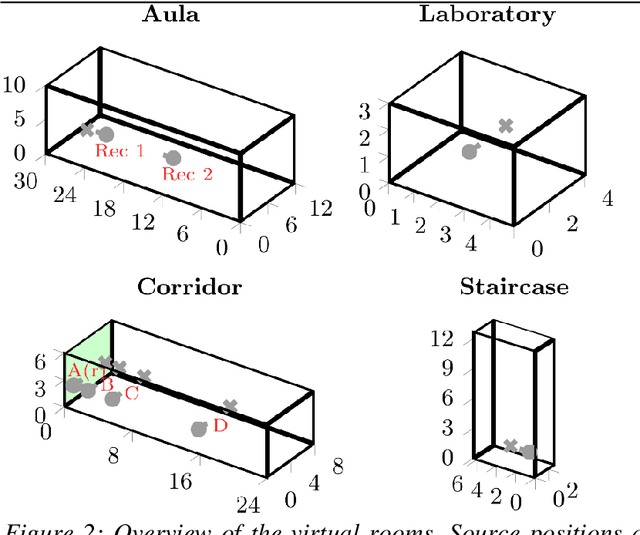


Abstract:Late reverberation involves the superposition of many sound reflections resulting in a diffuse sound field. Since the spatially resolved perception of individual diffuse reflections is impossible, simplifications can potentially be made for modelling late reverberation in room acoustics simulations with reduced spatial resolution. Such simplifications are desired for interactive, real-time virtual acoustic environments with applications in hearing research and for the evaluation of hearing supportive devices. In this context, the number and spatial arrangement of loudspeakers used for playback additionally affect spatial resolution. The current study assessed the minimum number of spatially evenly distributed virtual late reverberation sources required to perceptually approximate spatially highly resolved isotropic and anisotropic late reverberation and to technically approximate a spherically isotropic diffuse sound field. The spatial resolution of the rendering was systematically reduced by using subsets of the loudspeakers of an 86-channel spherical loudspeaker array in an anechoic chamber. It was tested whether listeners can distinguish lower spatial resolutions for the rendering of late reverberation from the highest achievable spatial resolution in different simulated rooms. Rendering of early reflections was kept fixed. The coherence of the sound field across a pair of microphones at ear and behind-the-ear hearing device distance was assessed to separate the effects of number of virtual sources and loudspeaker array geometry. Results show that between 12 and 24 reverberation sources are required.
 Add to Chrome
Add to Chrome Add to Firefox
Add to Firefox Add to Edge
Add to Edge